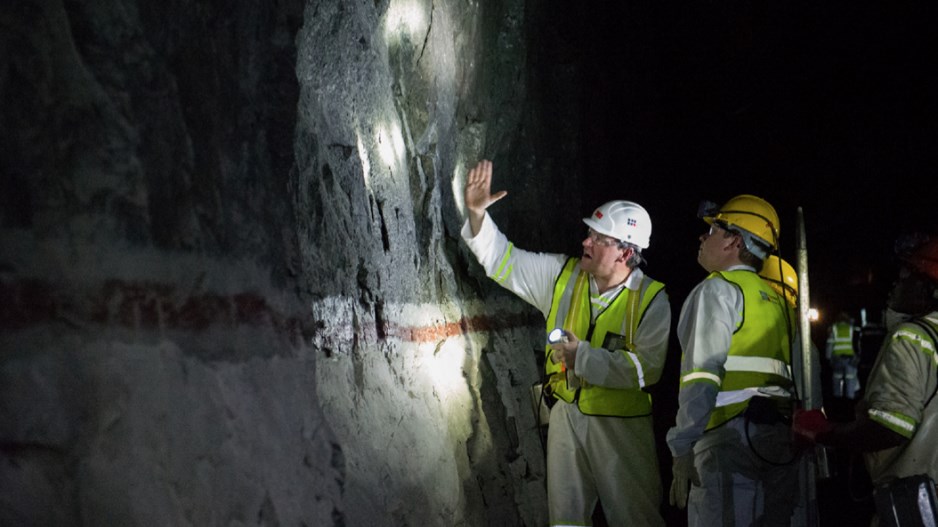When a major mining firm turns its attention to raising much-needed capital, there are a few options a company can pursue, such as issuing shares in the equity markets or debt in the form of high-yield, regular-yield or convertible notes.
For Silver Standard Resources Inc. (TSX:SSO) the preferred route in 2013 – a year in which the company raised net proceeds of US$256 million – was to offer convertible notes, an option that allows an individual or institutional investor to purchase the debt of a company, with the option to eventually convert the note into equity.
Issuing convertible notes doesn’t dilute the company’s shares, said Silver Standard president and chief executive officer John Smith.
Ultimately the benefit to the company’s shareholders proves to be the deciding factor.
“Ostensibly, how we think about it is shareholders have lent us their money to transact and grow their money and that’s really our purpose,” Smith said.
“So, I think what informed on the choice was when you issue equity, you really are diluting your shareholders, so you’ve really got to think hard about using that method to raise finances, and that was the reason we went to convertible notes.”
Initially, the purpose of Silver Standard’s fundraising was to repay US$138 million from a previous convertible offering. The remainder was to add an attractive asset. Silver Standard has numerous undeveloped projects in its portfolio – the company was built on a method of buying underpriced silver deposits and sitting on them until silver prices made them economical. But Smith said a depressed silver price last year made buying a producing property more enticing than paying to develop one.
So when mining giants Goldcorp Inc. (TSX:G) and Barrick Gold Corp. (TSX:ABX) were looking to shed the Marigold mine, a gold development they co-owned in Nevada, Silver Standard stepped up.
With a healthy balance sheet, due in part to its 2013 financing, Silver Standard announced its intention to buy the mine for US$275 million in February 2014. The deal is scheduled to close in April.
Because Marigold is a gold property, the mine represents a departure for Silver Standard. But Smith said the commodity mined at Marigold wasn’t a key factor.
“Silver Standard had an eye on growing the company. We always say that we will grow organically or by the right kind of acquisition. When we came around to making choices, we saw this opportunity to buy this mine, which provided immediate cash flow, a safe mining jurisdiction and added to our capability going forward.”
While Silver Standard used its notable financing to acquire a working mine, Vancouver’s Platinum Group Metals Ltd. (TSX:PTM) closed two significant financings in 2013 to continue developing its large platinum and palladium projects in South Africa: the Western Bushveld Joint Venture mine, a partnership with the Japanese government, and its Waterberg exploration property.
In January 2013, Platinum Group Metals closed a US$180 million deal, nearly one year before it closed a US$175 million financing in December. Both deals were done in the equity markets.
R. Michael Jones, Platinum Group Metals’ president and director, said the company’s ability to raise such substantial sums in a less-than-robust economic climate for mining firms is a testament to the strength of Platinum Group Metals’ projects.
“It was a significant year in the life of the company, and we raised more than our market capitalization of the company twice. We increased our size significantly by having the support of our institutional shareholders, and it stands out in my 30 years of experience in the mining industry as probably one of the worst years in 30 years for mining finance. So the contrast is dramatic – in a year where capital was extremely scarce we grew our business significantly.”




